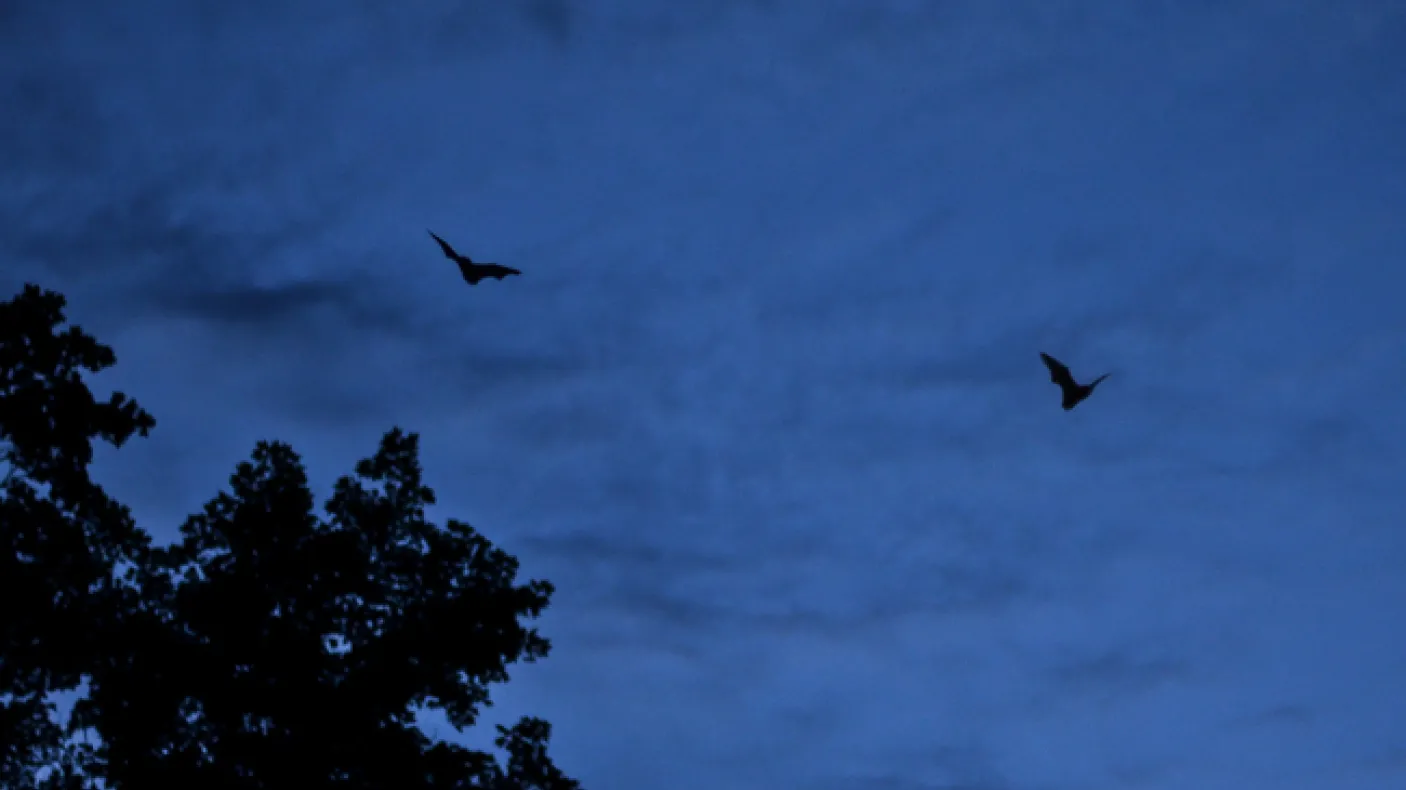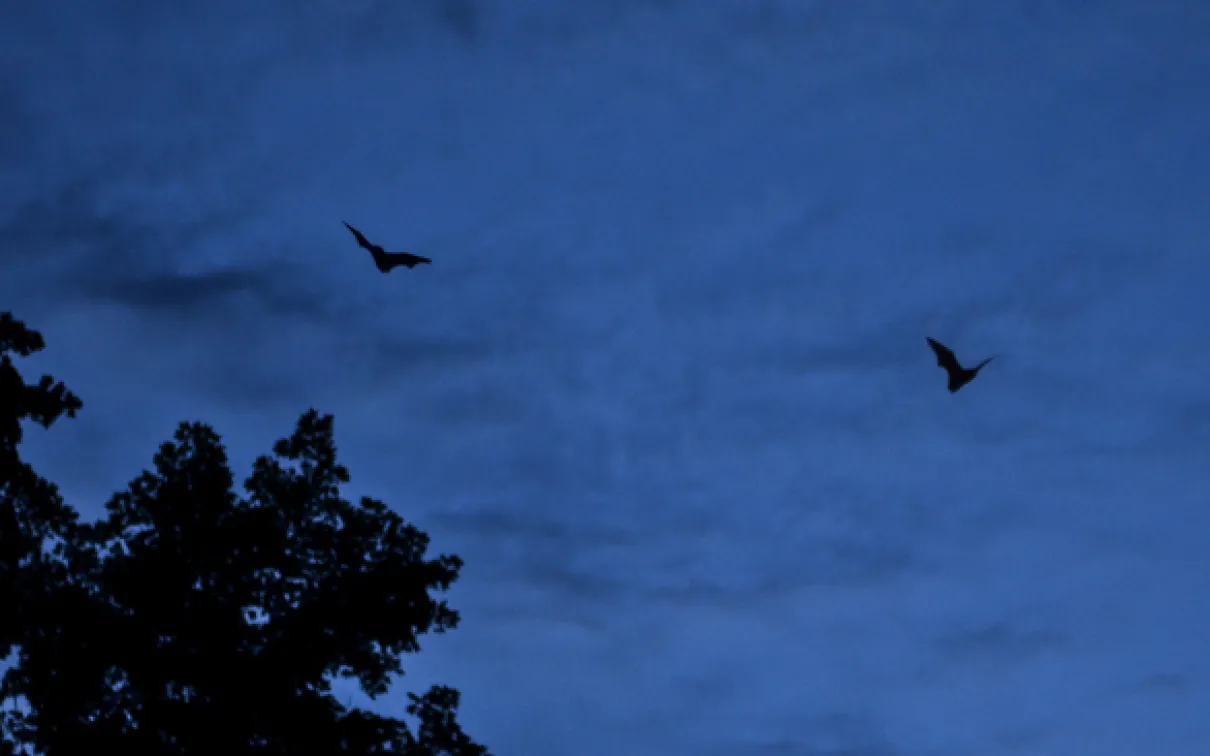Are you Afraid FOR Bats This Halloween?
Published
Categories
Blog Post
I love bats. There’s just something about them that gives me that warm fuzzy feeling inside everytime I see one. Now I know what you (and to be honest, a lot of people I know) are thinking - how can she like such a creepy little mammal like a bat? Don’t they suck your blood/get caught in your hair/give you the heebie jeebies? First of all, the answer to those questions is no. The only bat that feeds on blood are vampire bats, and they live in the tropics, where they feed mostly on livestock and other mammals - including unsuspecting people if they are sleeping outside without a mosquito net! But vampire bats don’t suck blood, they sort of lap it up (sorry Dracula fans). Most bats use echolocation when they fly, and they are pretty good at navigating - they won’t get anywhere near your hair. As for heebie jeebies, how can you feel that about a face like this?
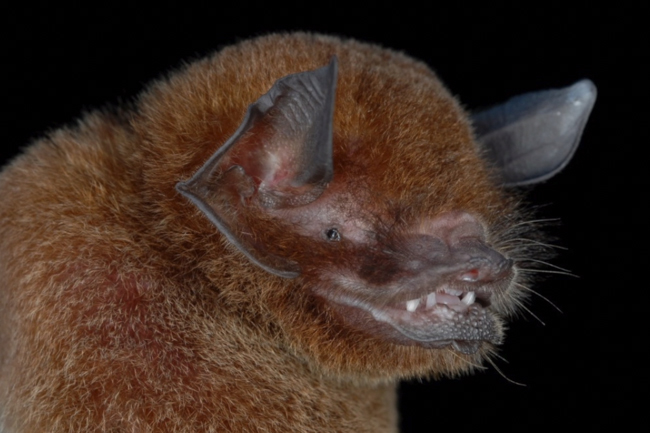
The truth is, bat populations are under a lot of pressure these days worldwide, including stresses like habitat loss and fragmentation, and the impacts of climate change. But one of the biggest challenges faced by our Canadian bat species, which you might’ve heard about in the news, is a fungal disease called white-nose syndrome. A fungus called Pseudogymnoascus destructans was introduced to Eastern North American cave systems in 2006 from Europe, and since then has spread to 25 US states and 5 Canadian provinces - including Ontario.
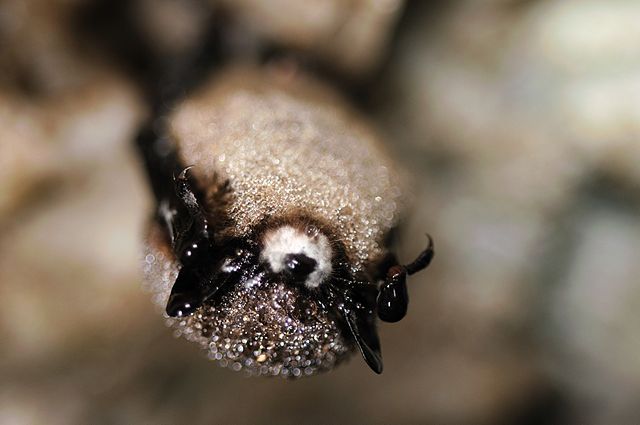
Bat colonies have been devastated wherever the fungus has spread, in some areas population losses have been as high as 99%. Three Canadian bat species, the little brown bat (Myotis lucifugus), the tri-colored bat (Perimyotis subflavus), and the Northern myotis (Myotis septentrionalis) were re-assessed as “Endangered” in an emergency status update in 2012 by the Committee for the Status on Endangered Wildlife in Canada (COSEWIC). When the disease hits a colony, its biggest impacts happen in the winter months when the bats are hibernating. It builds up on their bodies and causes lesions, waking them up from their winter torpor. The point of hibernation is that an animal doesn’t need to use much energy while in that sleep-like torpor state, but when the bats are woken up repeatedly, they end up burning energy much too quickly, and they can die.
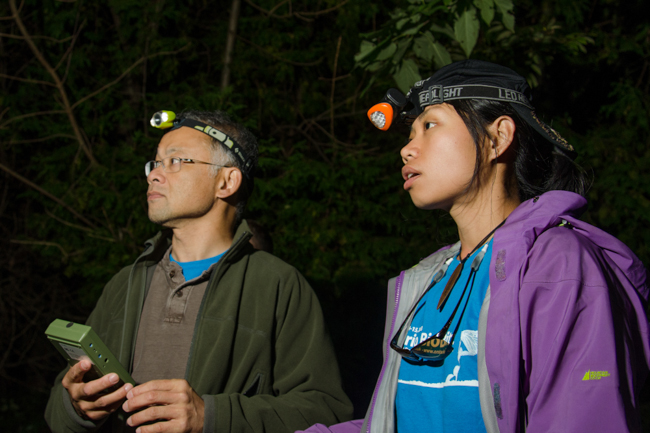
Feeling a bit more sympathetic to our flying furried friends yet? Populations of Canadian bats, especially the once common little browns, need our help. There are some populations in the Eastern USA where white nose syndrome first hit that might slowly be showing signs of recovery. But to get more bats flying in our summer skies (and gobbling up insects by the thousands, fyi), we need to ease some of the other pressures they’re facing. So what can you do?
Learn more about bats! They are fascinating animals that directly benefit humans, helping to control insect populations, including disease vectors like mosquitoes, and others that hurt crops. You can visit the ROM's Bat Cave to learn more, and also find out about the bat projects that ROM Assistant Curator of Mammalogy Burton Lim is working on. You can also help provide bats with shelter to roost in during the summer by building a bat box for your home - check out the Canadian Wildlife Federation for their batbox program (they will even send you a FREE box!). You can also participate in citizen science projects like the Ontario BioBlitz that monitor local populations and determine what species live in an area. Check out the video below to see one method scientists use to track different bat species.

